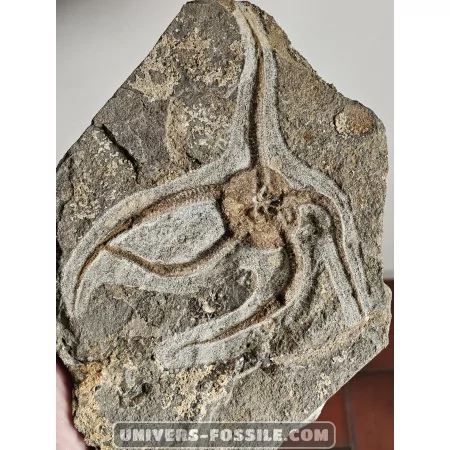Ophiura - Fossilized Brittle Stars | Echinoderms - Scientific Significance, Adaptations

Ophiura: Fossilized Brittle Stars - A Fascinating Glimpse of the Past
Brittle stars, also known as serpent stars, are a fascinating group of marine creatures that have roamed the planet's oceans for millions of years. Their presence in the fossil record provides a captivating insight into ancient marine life and the evolution of these amazing organisms.
Fossilized brittle stars come in a variety of shapes and sizes, ranging from microscopic specimens to massive examples that dominate the marine landscape. Their distinctive features include a central disc and long, slender arms radiating from it, often likened to serpents.
Fossil Formation
Fossilized brittle stars typically form when the remains of these marine creatures settle on the ocean floor, where they are quickly buried under sediments. Over time, pressure and geological processes transform these remains into stone, preserving their shape and structure for future generations.
Diversity of Fossilized Brittle Stars
Fossilized brittle stars exhibit remarkable diversity, with species adapted to a variety of marine environments, from coral reefs to deep ocean floors. Their varied forms
Ophiura
Discover the remarkable world of fossilized brittle stars with Ophiura, a captivating specimen in the category of Echinoderms. Their intricate structures and adaptations testify to the ingenuity of nature and the richness of past marine life.
Scientific Significance
Fossilized brittle stars like Ophiura play a crucial role in understanding the history of life on Earth and the evolution of marine ecosystems. Their presence in the fossil record allows scientists to reconstruct ancient marine environments and study the impact of climate and geological changes on marine biodiversity.
Conclusion
By exploring the fascinating world of Ophiura and other fossilized brittle stars, we are transported to a distant past where these amazing creatures ruled the oceans. Their presence in the fossil record is a poignant reminder of the richness and diversity of past marine life, and a source of inspiration for future generations of researchers and fossil enthusiasts.
